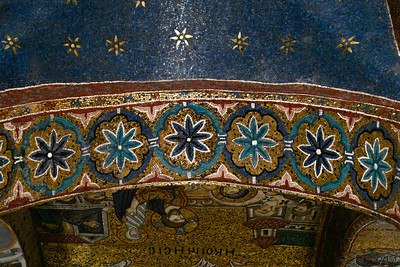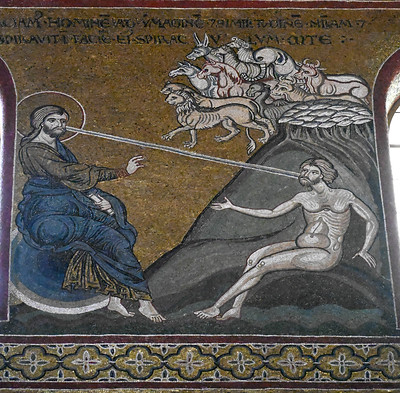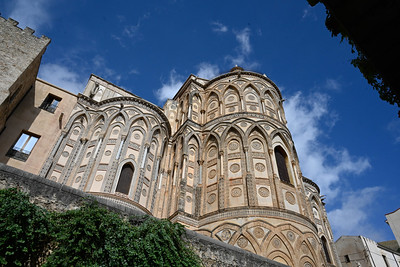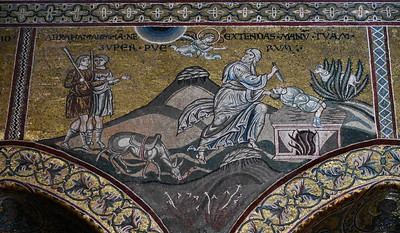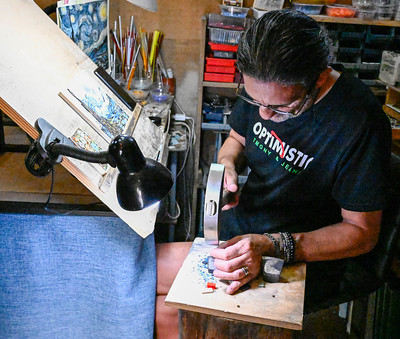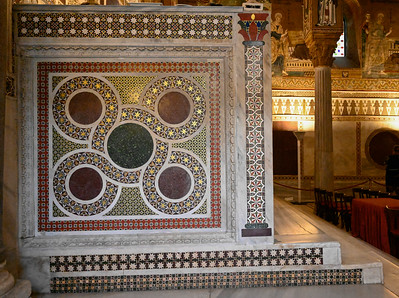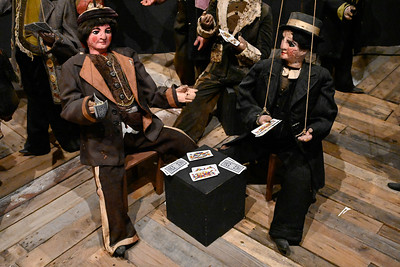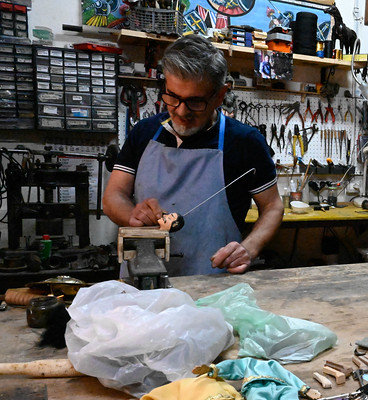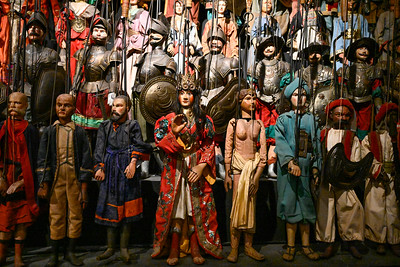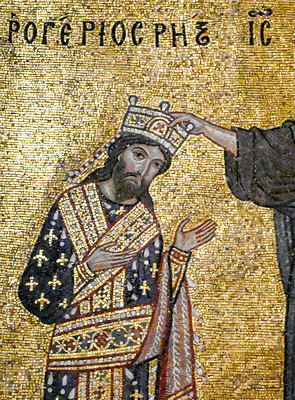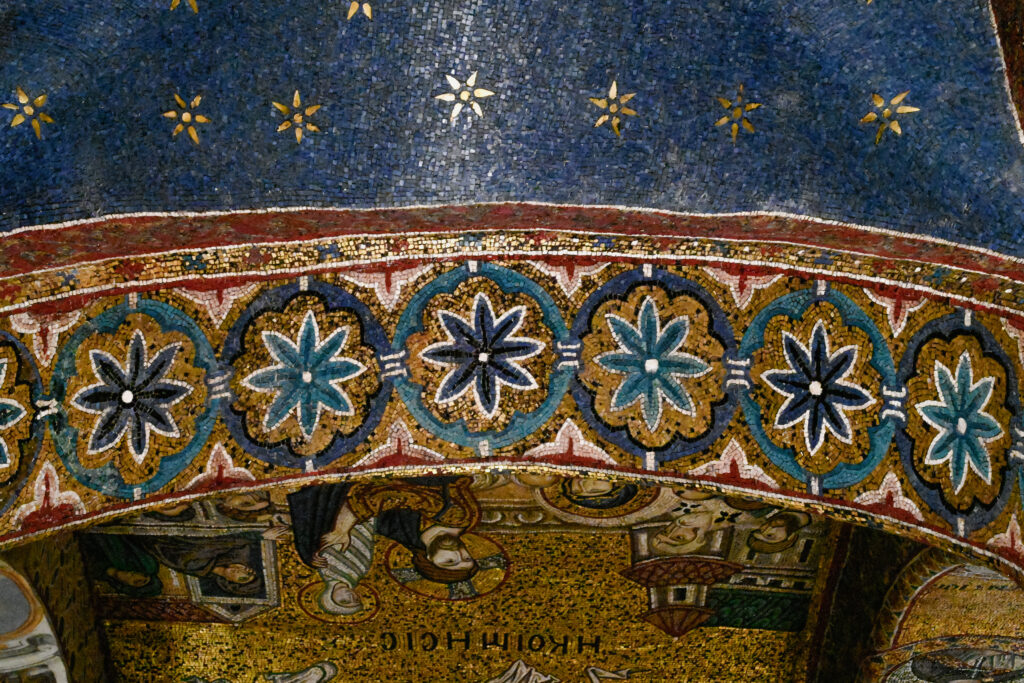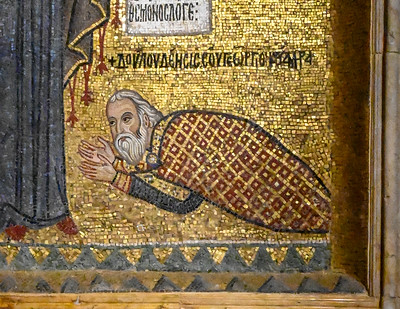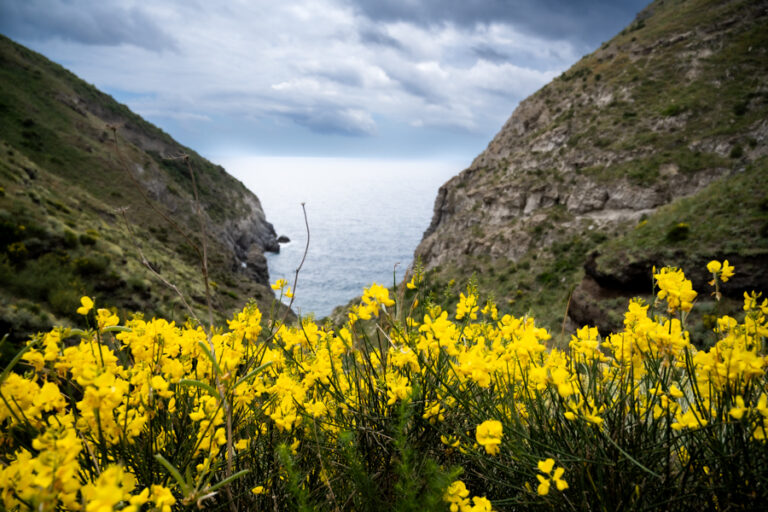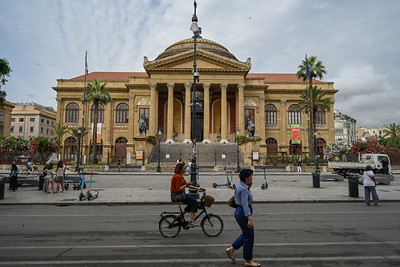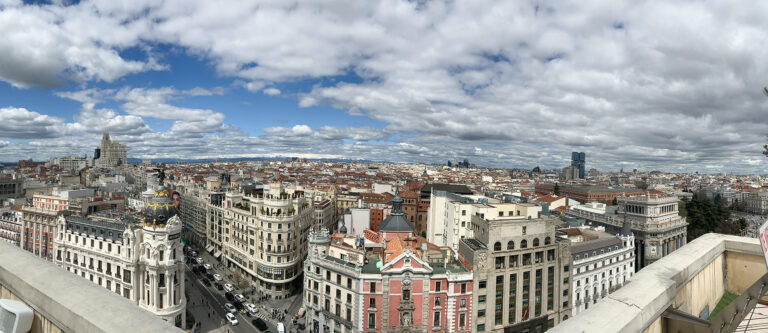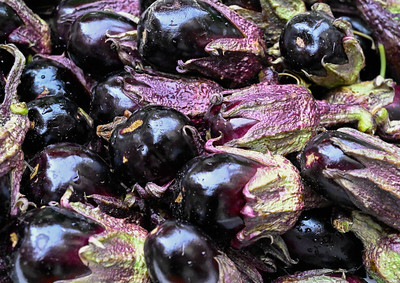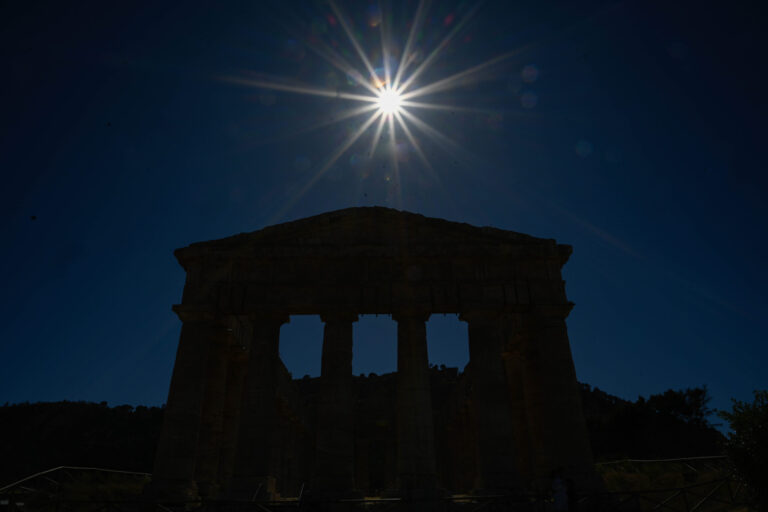Viaggio in Sicilia / 13: 26 giugno – mercoledì
A long day of art, architecture and the unique blend of the Byzantine-Arabic-Norman that defines medieval Sicily.
The Day began with our negotiating a taxi ride from the bust stop in Palermo to Monreale. The tourist from Pistoia who shared the taxi –a certain Cristina– would reappear over the next 24 hours, with various recommendations for yet another no-to-be-missed church. Monreale, meanwhile, was just as stunning for its gold and glimmer as ever and even though we weren’t able to see the main altar –Cefalù’s Pantocrator would have to suffice on this trip– the detail, the multitude of images, the magical blend of old and new testament storytelling that acquires a regal brilliance in these mosaics impacted us again just as it had done before. The representation of the word-as-light breathed by God into Adam –in the beginning there was the word…– stands out for me, to mention just one of numerous stunning particulars. In general, the blending of the seemingly seamless blending styles under the sage baton of the benevolent Ruggero II all harks back to a truly golden age of tolerance and respect, a Sicilian 12th century that is akin to medieval Al-Andalus. The experience of Monreale kindles the heart as it warms the mind with its brilliance and luminosity.
Although exterior of the church is also noteworthy and the town is charming, the icing was for us a stop at the workshop of one of the local artists, Domenico La Malfa, who keeps the tradition of mosaic art alive. He explained how he trained for 5 years at the local art institution and he showed us how he labors with precision to chisel small tesserae and place them on the frame so as to create original pieces. We purchased small works by an artist who produces under contract for the Vatican. Most importantly, we felt so inspired seeing firsthand a traditional artform that extends back to 12th century multicultural Sicily.
Returning to Palermo by bus and after grabbing a salad, we continued our quest into the cultural mélange of Ruggero II’s day by touring the Palatine Chapel. Having been built at the same time as Monreale, presumably by the same team of artists and architects imported from North Africa, the chapel’s mosaics seem to be something of a “variation on a theme.” The building, however, serves a distinctly different purpose, something that I felt in its labyrinthine collage of stairs and hallways. Unfortunately, the royal palace was closed due to Sicily’s parliament being in session. Having read in John Julius Norwich’s Sicily: an island at the Crossroads of History and Sandra Benjamin’s Sicily: Three Thousand Years of Human History about the island’s millennial miseries under the yoke of a string of foreign rulers –a thread that was broken finally in 1946, when the postwar Italian constitution acknowledged the region’s autonomy– I felt a flicker of joy as I walked through this building, thinking of how these people, with such a culture, language and history distinctly their own, might be exercising at least a degree of autonomous rule over some of their domestic affairs.
Our last full day in Sicily included a conversation with a puppet maker in his workshop –we happened upon him/it unexpectedly after leaving the Capella Palatina– and then a visit to the church of Santa Maria dell’Almiraglio (“La Martorana” since 1700). This small church, a gem and yet another brilliant example of what energy and creativity emerges from intercultural enterprise, sits prominently overlooking the Piazza Bellini, sistered with its equally stunning next-door San Clotaldo. The Byzantine Norman Arabic blend in these masterpieces in a way that is uniquely Palermitana.
We topped our odyssey through the historical and artistic richness that defines Palermo with a nouveau Sicilian meal at the upscale Trattoria Buatta in the old scale centro storico. At the Buatta we capped our two-week journey through many iterations of caponata and some other delectable invention (bucatini con sarde e finocchietto?) of an aggiornato Sicilian dish. Palermo’s Buatta deserves the highest marks.
Photo album available on Flickr at: https://flic.kr/s/aHBqjBBMTH
